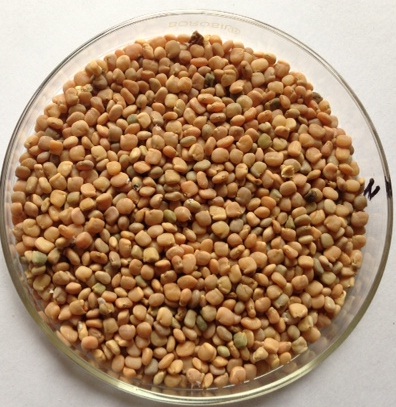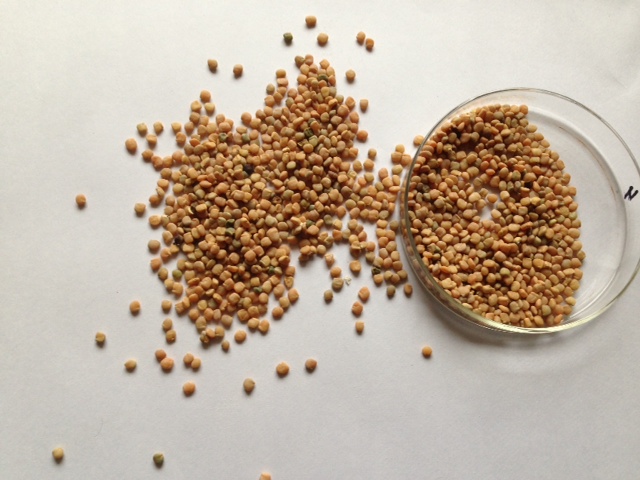
The Cluster Bean – Important Agricultural Commodity Traded in India
The backbone of India’s economy is agriculture and agricultural commodities contribute significantly to its Gross domestic product. The major agricultural commodities in India include crops such as jute, rice, millets, and castor seed. In terms of global production India is the second biggest producer of wheat and rice. Other important commodities include barley, oats lentils, chick peas, coffee, dry bean and pulses. The most traded commodities include soy bean and its products, mustard seed and palm oil. Grains that are most actively traded include rice, corn, barley, wheat and gram the commodities market also trades in spices such as Jeera, pepper, turmeric, Dhanya, chili and cardamom, potatoes, cotton and sugar.
 Guar or the cluster bean is another commodity traded in India’s agricultural commodities market. It is a hardy plant with the appearance of a shrub and is well adapted to grow in dry conditions and is grown in the dry areas of the Indian continent. It grows to a height of approximately 3 meters, bears purple flowers and grown for grain consumption similar to the dry bean. It is mainly used in the production of guar gum which is used in various industrial activities such as mining, petroleum drilling, and as a gelling agent. This powder has the capacity to combine water molecules hence produce a viscous fluid. This particular feature has made the cluster bean so valuable that its production has been promoted vigorously. India currently produces over 10,000 tons of guar every year. The main market for guar is influenced by the demands of the petroleum sector and for the oil drilling in the petroleum producing countries of the world. The biggest consumer of guar and its products being the united states of America which consumes over 70000 tones of guar gum annually.
Guar or the cluster bean is another commodity traded in India’s agricultural commodities market. It is a hardy plant with the appearance of a shrub and is well adapted to grow in dry conditions and is grown in the dry areas of the Indian continent. It grows to a height of approximately 3 meters, bears purple flowers and grown for grain consumption similar to the dry bean. It is mainly used in the production of guar gum which is used in various industrial activities such as mining, petroleum drilling, and as a gelling agent. This powder has the capacity to combine water molecules hence produce a viscous fluid. This particular feature has made the cluster bean so valuable that its production has been promoted vigorously. India currently produces over 10,000 tons of guar every year. The main market for guar is influenced by the demands of the petroleum sector and for the oil drilling in the petroleum producing countries of the world. The biggest consumer of guar and its products being the united states of America which consumes over 70000 tones of guar gum annually.
Factors Influencing Cluster Bean Trading In India
The major factors affecting guar trading are similar to those factors that affect agricultural commodities. These include market factors such as demand and supply. Irregularities of supply are a key factor in determining the marketing of the cluster bean. Over supply leads to flooding of the market with the product leading to drop in the prices; the marketing of guar is also affected y the rainfall patterns since most of guar production is rain fed. Despite the crop being draught resistant it requires a certain amount of rain to do well. Planting of the crop is done just after the monsoon rainfall and it is sometimes affected by excessive water. Other concerns in the marketing of guar include lacking government subsidies, insufficient technical information and production techniques to achieve stable production. Product hoarding awaiting good prices also negatively affects guar marketing.
Major commodity exchanges where the guar is traded

The national commodity and derivative exchange of India (NCDEX) trades all the agricultural commodities in India. Among the commodities traded include the cluster beans products such as guar gum, and guar seeds for further export and processing. The cluster bean is also traded in the Chana exchange of India where it also fetches good prices. For more information please visit: https://www.altrafine.com
This Article has been written & posted by Ajit Patel.






